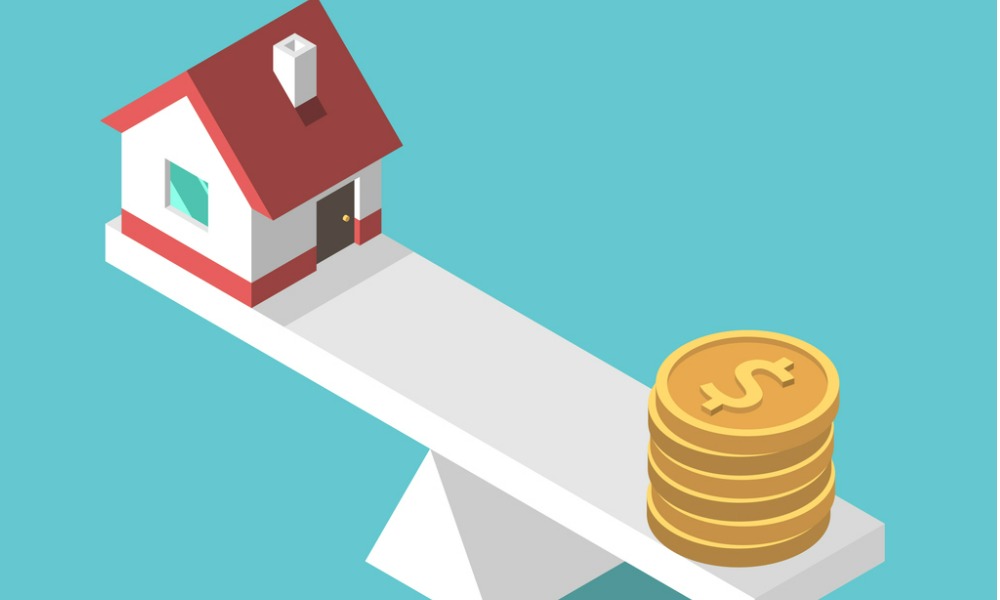Housing credit growth slips far below what is considered normal

Auckland’s emergence from its lockdown has the December quarter bouncing back up, but barely enough for the trajectory to be considered sustainable, according to the latest New Zealand Property Cycle Indicator from Bluestone Home Loans.
The indicator noted a decline in the September quarter but has since moved from moderation to strengthened territory in the December quarter. Aside from Auckland, the Wellington market also impressed with its performance, but several factors are still getting in the way of actual growth.
Read next: REINZ: Prices continue to rise, but growth rate shows signs of easing
“Home lending growth continues to ease, driven by easing housing turnover and regulatory shifts,” said Cameron Bagrie, consultant economist at Bluestone Home Loans. “However, pointing the finger at regulators and the Credit Contracts and Consumer Finance Act, overlooks the fact that people need to borrow so much in the first place: namely a housing market that trades at 11 times earnings or around eight times household income.”
Home lending went up by $2.2 billion in December, but it still marked the second-lowest monthly rise since August 2020. According to Bluestone, more borrowers have turned to non-bank lenders while investors are lifting their market share of new loan commitments, with the latter down to 16.6% and well below the average since 2014 of 24.1%.
The indicator also showed regions moving from strength to moderation, with Bay of Plenty, Hawkes Bay and other Northland regions tempering the overall lending activity. This has led Bagrie to grow concerned over the current trend.
In addition, housing debt has risen $31.5 billion in 2021 at an average of $2.6 billion a month.
Read more: Where does New Zealand rank on global house price index?
“The current borrowing trajectory is simply not sustainable. Housing credit growth of just under 11% in a year is not normal and it is unreasonable to expect credit growth to continually exceed income growth, particularly in a rising interest rate environment,” Bagrie said. “Assuming home borrowing converges to the current income growth rate of 5-6% over the coming years, home loan growth should be around $17-$20 billion or $1.6 billion per month.”
The Bluestone Property Cycle Indicator is calculated using six gauges from the Real Estate Institute of New Zealand (REINZ).



